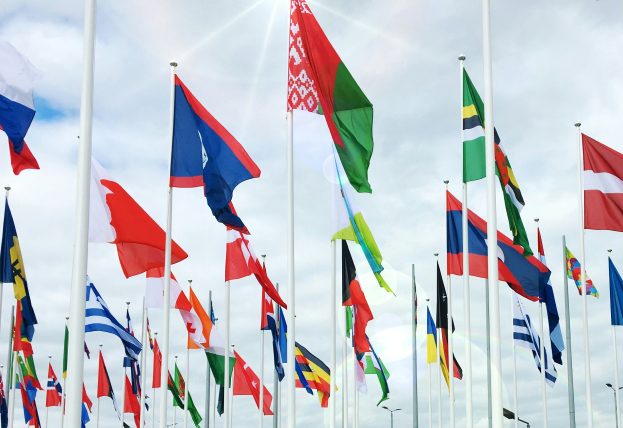Expanding your business into international or multicultural markets involves more than merely translating words. It requires precise communication strategies that go beyond linguistic accuracy to deeply resonate with diverse cultural contexts. Both translation and localization play vital roles in global engagement, but each serves distinct purposes that businesses must clearly understand and strategically implement.
What is Translation?
Translation is the process of converting content word-for-word from one language into another, maintaining the literal meaning of the original text. It is the foundational step for cross-language communication, ensuring that information is accurately transferred from the source language to the target language. However, translation alone may not fully engage or connect with international audiences, as it often overlooks cultural subtleties, regional nuances, and context-specific meanings.
For example, phrases, idioms, or slogans that are impactful in English might lose their significance when directly translated into another language. Such direct translations can inadvertently cause misunderstandings or fail to convey the intended emotional impact, resulting in ineffective communication.
What is Localization?
Localization takes translation one step further by adapting your content to suit specific cultural, contextual, and regional sensibilities. Rather than merely translating words, localization involves a nuanced approach, adjusting messages to align with local idioms, cultural references, societal customs, preferences, and even visual aesthetics.
Localization includes adapting:
- Cultural references and idiomatic expressions to ensure relevance and engagement.
- Currency, measurement units, date formats, and time zones to align with local conventions.
- Visual elements such as images, colors, and layouts that resonate culturally and visually.
- Content style, tone, and formality to meet local audience expectations.
By focusing on cultural adaptation, localization significantly increases the appeal and effectiveness of your messaging, helping your business genuinely connect with diverse audiences.
Why Localization Matters in Multilingual Communication
Investing in localization provides substantial strategic advantages for businesses entering global markets:
Enhanced Cultural Relevance
Localization ensures that your content resonates culturally, enabling deeper emotional connections with your audience. When consumers feel understood and respected, they are more likely to engage positively with your brand.
Improved User Experience
Localized content creates a seamless and intuitive experience for users, making them feel valued and respected. This positive user experience fosters stronger brand loyalty and significantly enhances customer retention.
Higher Conversion Rates and Customer Satisfaction
Localized messages are proven to be more persuasive and relatable. This increased relevance directly boosts conversion rates, as customers clearly understand the product’s value and relevance to their needs. Consequently, localized content greatly enhances customer satisfaction, translating into long-term success and profitability.
How PIVOT Integrates Translation and Localization
PIVOT, developed by accesszanü, uniquely addresses the dual requirements of translation and localization by making websites accessible and user-friendly, providing equal access to online content for individuals with limited English proficiency, disabilities, and language barriers.. This integrated approach provides businesses with comprehensive solutions to seamlessly adapt content for multilingual audiences:
- Accurate Translation: High-quality, precise translation services ensure that essential information remains accurate and clear.
- Culturally Nuanced Adaptation: Localization capabilities expertly handle cultural context, idiomatic expressions, and regional specificities.
- Comprehensive Language Support: Supports a wide range of languages, including the top spoken and signed languages.
- User-Friendly Interface: An Intuitive interface allows businesses to manage multilingual and culturally adapted content efficiently and seamlessly.
By integrating translation and localization into a unified solution, PIVOT enables your business to effectively communicate, engage, and build lasting relationships with global markets.
Strengthen Your Multilingual Communication Strategy
For businesses aiming for successful global growth, implementing robust translation and localization strategies is essential. PIVOT is here to support your organization’s multilingual communication efforts comprehensively and effectively.
Request a demo of PIVOT and let us help your business connect meaningfully with international audiences and achieve sustained global success.




